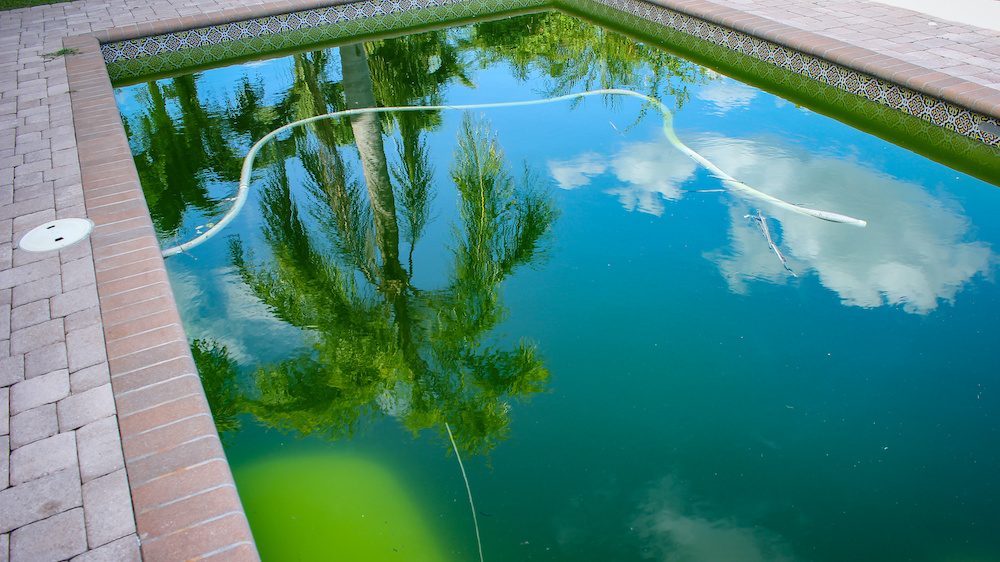
Swimming pools can provide lots of relaxing family fun, but maintaining them requires time and money. Homeowners with children may find that when the kids grow up, interest in, and use of a backyard pool wanes. It’s possible to fill in or even remove an in-ground pool, and you may have good reasons for doing so. If that’s what you are considering, here’s what you need to know.
The cost-benefit analysis
For many, owning a pool brings immeasurable pleasure and fun. But a pool adds to the expense of homeownership. Monthly maintenance costs can range from $200 to $700. Additionally, your water and electric bills will be higher. Repairs can cost thousands, and the inherent risks to children and pets add to the price of homeowners’ liability insurance.
At best, an in-ground pool adds 10 percent to a home’s resale value. A pool can actually narrow the market of potential buyers since those who don’t want the risks or the time and energy commitment a pool entails will look elsewhere.
Removing or filling in an in-ground pool costs thousands, however. If you’re considering getting rid of yours, weigh the savings in monthly costs against the removal cost to determine how long it will take to recover the expense.
Removing an in-ground pool
The cost of pool removal depends on whether you decide to remove it completely or partially. Costs can vary by where you live and other factors, but generally, complete removal ranges from $10,000 to $20,000.
- It’s best to hire a professional team overseen by a structural engineer to remove an in-ground pool. Afterward, the engineer can certify that the site is stable and that something else could be safely rebuilt there.
- Your municipality or county will most likely require permitting before you start the demolition project. You should have a licensed engineer help with the proper documentation.
- Before removal begins, you may need to remove fence panels and posts so that your pool removal contractor can access the site with heavy equipment.
- To completely remove a pool, the contractor must demolish the sides and deck around the edge. If the liner is fiberglass or vinyl, it must be cut into manageable pieces to make it less difficult and expensive to remove. Concrete or granite must be jackhammered. The contractor must also remove the pool’s plumbing. You’ll have to pay to rent a roll-off dumpster to dispose of the debris. The landfill site will charge a disposal fee.
- The empty hole should be filled in with engineered fill dirt and compacted to eliminate pockets and instability. This reduces the amount of settling later.
Leaving the pool and filling it in
It is less expensive to simply fill in the pool, although that doesn’t mean it’s cheap. The dirt used to fill the pool will cost as much $100 per cubic yard and must be compacted to reduce settling. Filling in with concrete runs as high as $800 per cubic foot but provides a more stable surface on which you can repurpose the site.


